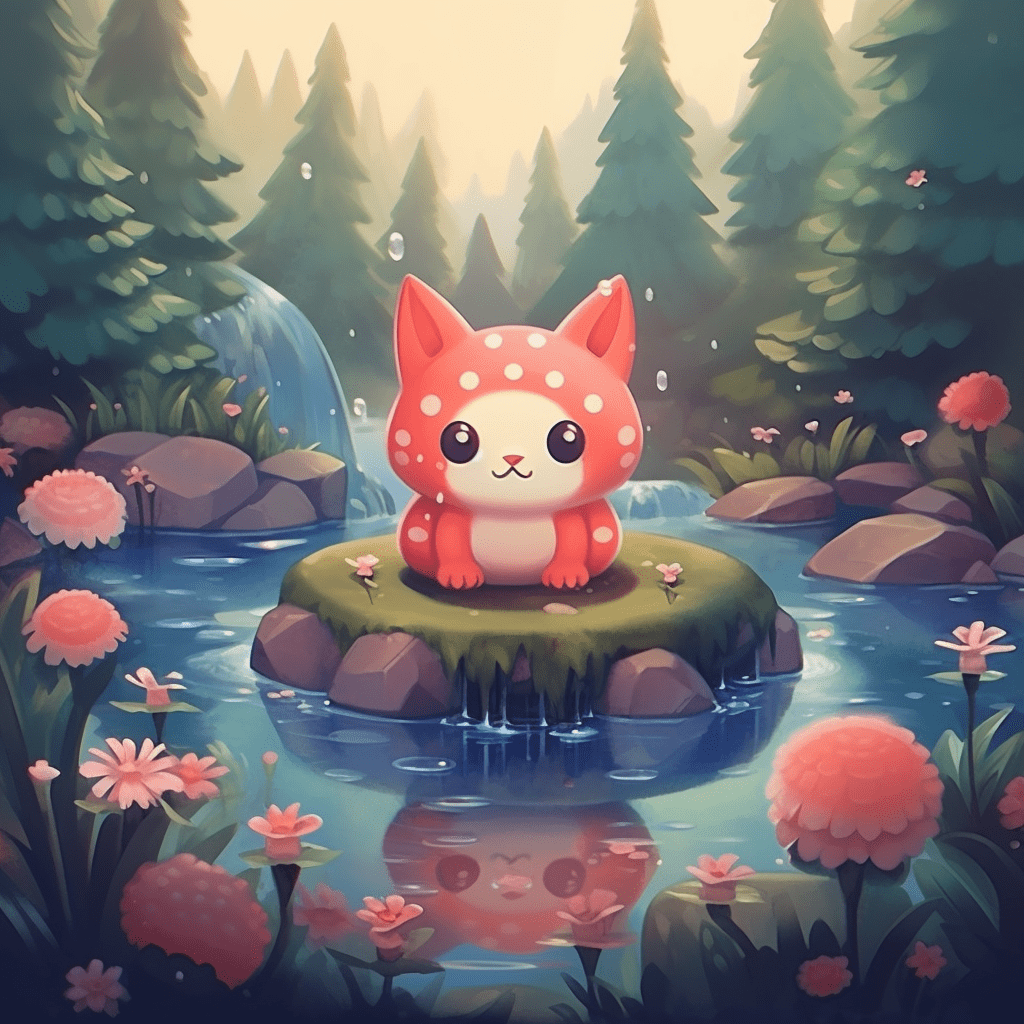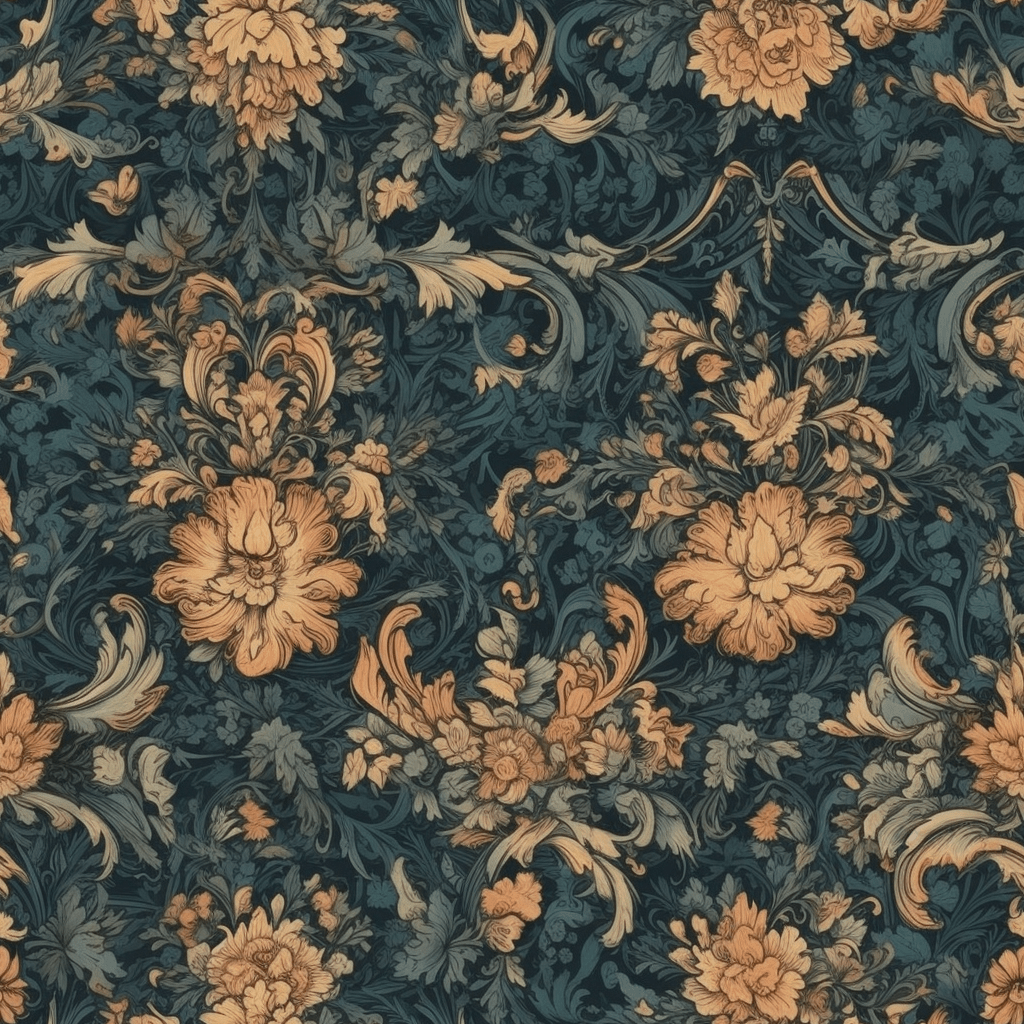The rapid ascent of non-fungible tokens (NFTs) has transformed the art world in unprecedented ways, with NFT art generators playing a significant role in shaping the market’s evolution. By utilizing advanced algorithms, artificial intelligence, and machine learning, these generators allow users to create one-of-a-kind digital art, offering new opportunities for both creators and collectors. In this article, we’ll explore the impact of NFT art generators on the art market and discuss the resulting changes, challenges, and opportunities for all stakeholders involved.
Democratizing Art Production and Distribution

NFT art generators have broken down barriers to entry and made the creation of digital art more accessible, leading to a democratization of the art production and distribution process:
Artistic Opportunities for the Masses
By streamlining the art creation process and allowing individuals with minimal technical or artistic skills to create visually appealing digital art, NFT art generators have expanded the pool of potential creators. This opening up of the market encourages diverse artistic expression and fosters a more inclusive creative ecosystem.
Paving the Way for New Business Models
NFT art generators have given rise to innovative business models within the art market, such as creating entire collections based on algorithms, AI-generated art, collective ownership, or dynamic properties. These new business models allow artists to monetize their work in novel and engaging ways, often reaching a broader audience and capturing the attention of more collectors.
Influence on Art Collection and Value Perception

The rise of NFT art generators has also influenced the way art is collected, changing perceptions of value and rarity within the market:
Digital Scarcity and Uniqueness
NFTs, coupled with the capabilities of art generators, can establish clear digital scarcity and uniqueness for each artwork. This rarity, owing to both the intrinsic properties of blockchain technology and the uniqueness of the generative art, can lead to an increase in perceived value and desirability for collectors.
Algorithmic and AI-Driven Art Aesthetics
As NFT art generators employ advanced algorithms and AI technology, they offer new aesthetic experiences that push the boundaries of contemporary digital art. This shift in aesthetics has the potential to redefine the preferences of collectors and the overall perception of value within the art market.
Challenges and Concerns
While NFT art generators have brought undeniable innovation to the art market, several challenges and concerns arise with their increased prominence:
Questions of Authenticity and Ownership
The surge in art generated by algorithms may raise questions of authenticity and ownership. Determining the original creator of particular works or concepts within generative art can become increasingly difficult, potentially leading to disputes and copyright issues.
Market Oversaturation
The ease with which NFTs can be generated and distributed might result in an oversaturated market, as artists pump out massive volumes of digital art with minimal input or artistry. This oversaturation can ultimately devalue NFTs, causing concern among those who invest in digital art as a store of value or financial instrument.
Impact on Traditional Art
The rise of NFT art generators and popularity of digital art has led to concerns about the future of traditional art, questioning whether it will retain its cultural significance and financial value. While some argue that these advancements will enrich the landscape, others worry that digitally generated art will overshadow traditional mediums.
The Role of Curation and Quality Control

In response to concerns surrounding authenticity, ownership, and market oversaturation, the importance of curation and quality control within the NFT art market comes to the forefront. Curators, NFT marketplaces, and collectors will need to develop strategies to filter out low-quality or derivative work, ensuring that genuinely unique and innovative digital art is recognized and valued.
In conclusion, the impact of NFT art generators on the art market is multifaceted, bringing about significant changes in art production and distribution, collection and value perception, as well as challenges and concerns. As the market evolves, all stakeholders will need to adapt and develop strategies to maintain the value of digital art while embracing the innovation and opportunities provided by NFT art generators. By balancing innovation with responsible curation and quality control, the art market can continue to thrive in the era of NFTs and generative art.
